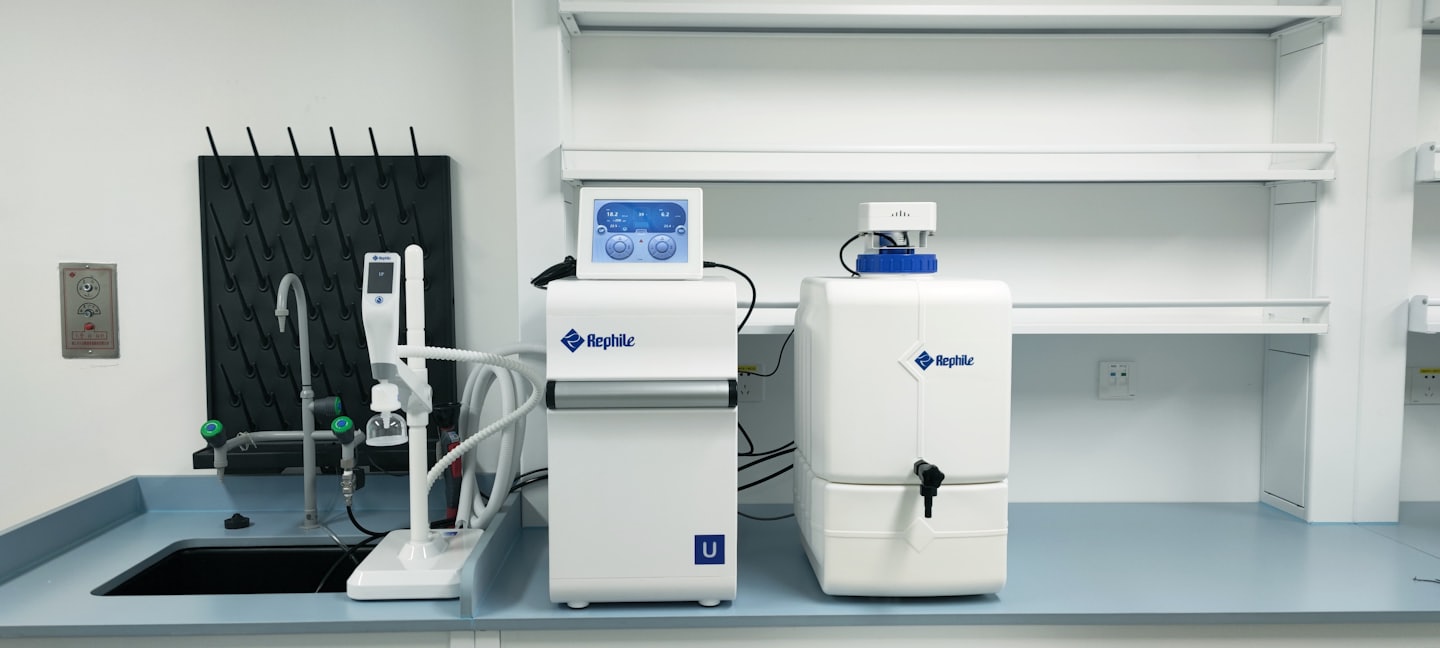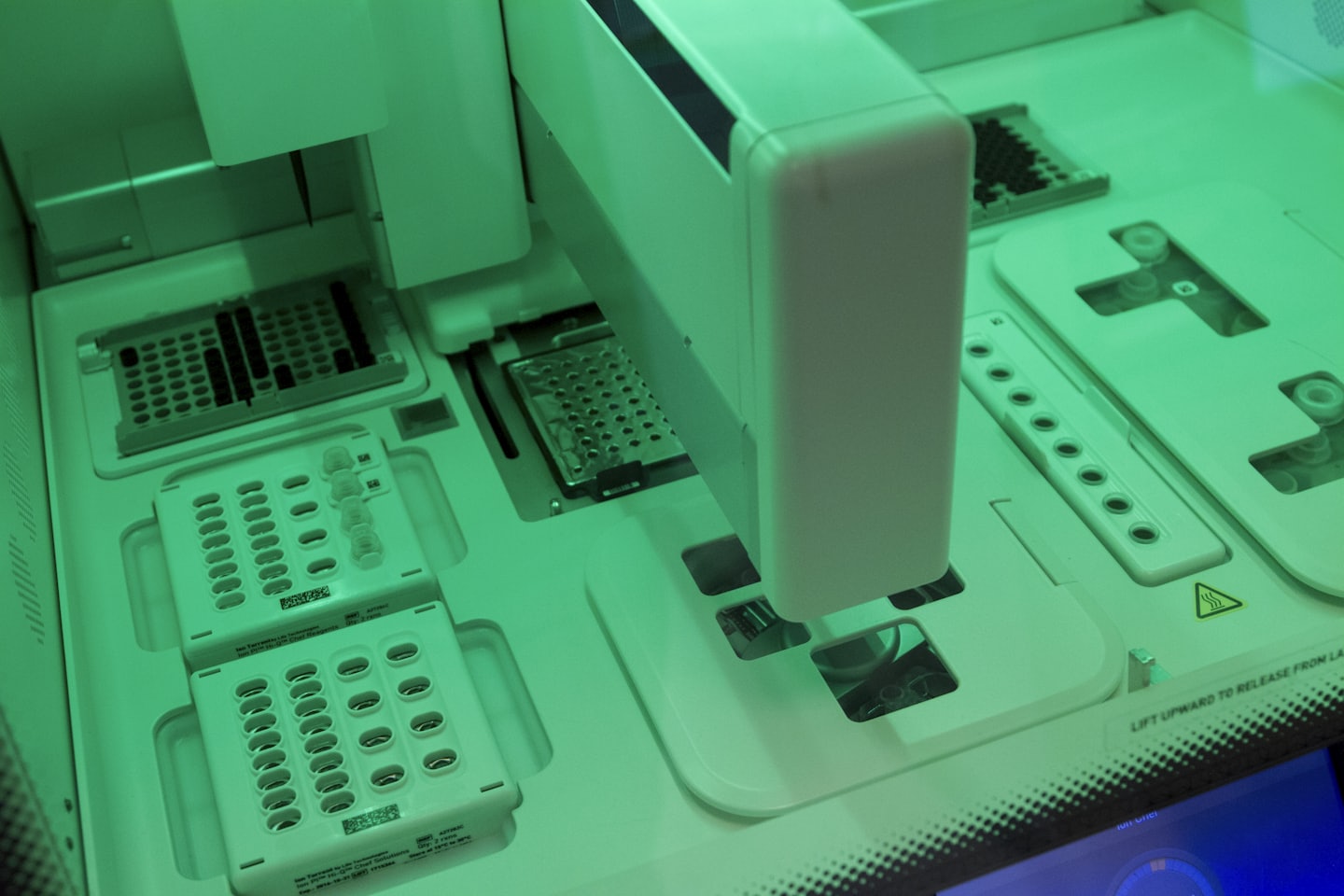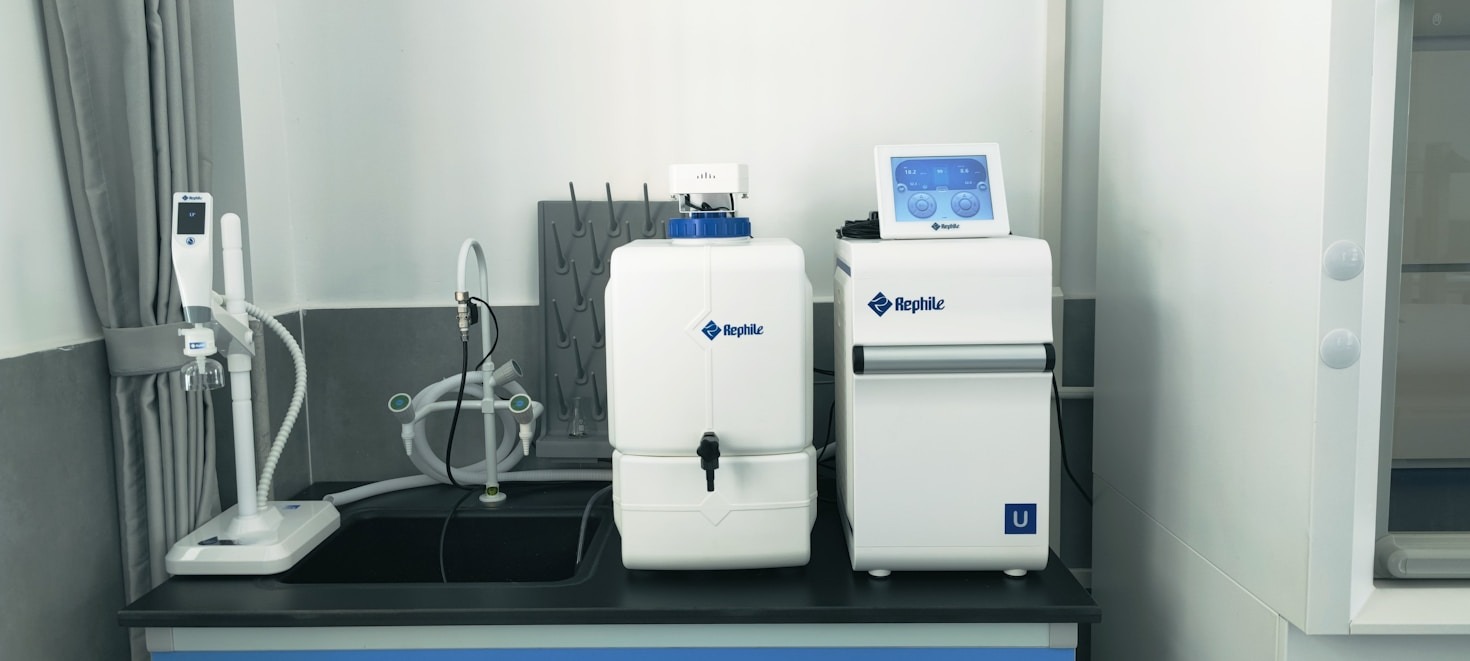Key Players in the Bioprinting Revolution
Meet the Innovators, Institutions, and Ecosystems Building the Future of Regenerative Medicine
🧬 Introduction: The Architects of the New Biology
The story of bioprinting is no longer a speculative headline — it’s a living reality being shaped by scientists, entrepreneurs, educators, and decentralized communities around the globe.
From startup labs designing living tissues to global networks funding tokenized biotech innovation, the bioprinting revolution is powered by people and organizations who dare to ask a radical question:
What if we could print life itself?
This is a closer look at the key players — the companies, institutions, and emerging networks that are redefining what’s possible in medicine, manufacturing, and human longevity.
🧫 1. CELLINK (BICO Group) – Democratizing Bioprinting Hardware
When CELLINK launched in 2016, it became the first company to commercialize bioinks — the living materials that make bioprinting possible.
Today, as part of the BICO Group, it’s a global leader in biofabrication systems, providing printers, software, and bioinks used by research institutions, hospitals, and pharmaceutical companies.
Highlights:
-
BioX and LumenX bioprinters are used in over 2,000 labs worldwide.
-
Developed biocompatible inks for tissue, cartilage, and skin regeneration.
-
Actively partners with universities to expand bioprinting education.
CELLINK’s mission is clear: to make bioprinting accessible to every lab, accelerating discovery and democratizing biofabrication.
“Our goal is to put a bioprinter in every bio lab, the way computers entered every office.”
— Erik Gatenholm, Co-Founder of CELLINK
🧠 2. Organovo – Pioneering Bioprinted Human Tissue
Organovo remains one of the original visionaries of 3D bioprinting.
Founded in 2007, it was among the first to prove that living human tissues could be successfully printed and maintained for extended periods.
Contributions:
-
Developed 3D bioprinted liver tissues for pharmaceutical testing.
-
Demonstrated the viability of vascularized tissue engineering.
-
Partnered with medical research institutions to explore printed kidney and cardiac tissue applications.
Organovo’s early breakthroughs laid the foundation for today’s tissue-on-demand industry — shifting the focus from theory to therapy.
🧩 3. Wake Forest Institute for Regenerative Medicine – The Academic Powerhouse
Led by Dr. Anthony Atala, the Wake Forest Institute for Regenerative Medicine (WFIRM) is one of the world’s leading academic research centers in tissue engineering.
Their team was the first to successfully implant a lab-grown organ into a human and continues to pioneer complex bioprinted tissue structures.
Key Projects:
-
Integrated Tissue-Organ Printing (ITOP) technology for complex geometries.
-
Development of custom bioreactors to mature printed tissues.
-
Collaborations with the U.S. Armed Forces Institute of Regenerative Medicine to treat traumatic injuries.
WFIRM exemplifies how academia and applied engineering are converging to build the blueprint for regenerative medicine.
💡 4. Harvard’s Wyss Institute – Engineering Living Systems
The Wyss Institute for Biologically Inspired Engineering at Harvard University is renowned for bridging biology and technology.
Their Organ-on-a-Chip and bioprinting projects have revolutionized how researchers test drugs, model diseases, and explore cell-environment interactions.
Core Innovations:
-
Organ-on-a-Chip devices mimicking lungs, hearts, and intestines.
-
Hybrid bioprinting systems that combine soft robotics with living cells.
-
AI-assisted biofabrication algorithms optimizing scaffold design.
By merging computation with living tissue, Wyss is at the forefront of what it calls “adaptive bioengineering” — where biology itself becomes programmable.
🌍 5. Association of 3D Printing – Uniting Global Standards and Collaboration
The Association of 3D Printing plays a critical leadership role in standardizing and connecting the rapidly evolving additive and bioprinting ecosystem.
It fosters collaboration across industry, academia, and government to ensure that innovation grows responsibly and sustainably.
Focus Areas:
-
Creating ethical frameworks for bioprinting and regenerative research.
-
Hosting global conferences and webinars on biotechnology and digital manufacturing.
-
Promoting education and certification programs to train the next generation of bioengineers.
The Association’s goal is simple yet powerful: to ensure that as bioprinting advances, society keeps pace with its possibilities.
“We’re building a collaborative foundation for the industries of tomorrow — where biology, AI, and 3D printing merge seamlessly.”
— Association of 3D Printing Mission Statement
🧬 6. 3D Printing Ventures – Investing in the Future of Life
3D Printing Ventures is redefining biotech investment by funding the intersection of additive manufacturing, AI, blockchain, and quantum computing.
Its goal is to create self-sustaining ecosystems where innovation is decentralized and accessible — not limited to corporate R&D budgets.
Strategy Highlights:
-
Funding early-stage bioprinting and regenerative startups.
-
Supporting AI-driven materials research and robotic biofabrication.
-
Building bridges between academic labs and private investors.
-
Leveraging $3DP tokens for decentralized research funding.
Through 3D Printing Ventures, capital becomes collaborative — a catalyst for global innovation instead of a barrier.
“We’re not just investing in technologies — we’re investing in humanity’s ability to design itself.”
— Rich Benvin, Founder, 3D Printing Ventures


🪙 7. 3D Printing Coin ($3DP) – Powering the Tokenized Bioeconomy
The 3D Printing Coin ($3DP) introduces a revolutionary idea:
what if research, innovation, and collaboration could be rewarded in real time?
$3DP is designed to be the economic engine behind decentralized biotech — funding open-source projects, rewarding contributions, and enabling micro-grants for scientists, educators, and creators.
Use Cases in Bioprinting:
-
DeSci Funding Pools: Token-based support for independent researchers.
-
Smart Licensing: Blockchain-enabled royalty distribution for bio-design IP.
-
Proof-of-Workmanship: Rewarding verified scientific output and data validation.
-
Education Grants: Empowering students and labs through tokenized learning programs.
Together, 3D Printing Ventures and $3DP are building the world’s first autonomous research economy — one that scales innovation without bureaucracy.
🎥 8. 3D Printing Channel – Broadcasting the Bio-Revolution
In every revolution, someone must tell the story — and the 3D Printing Channel has become the voice of the global additive and bioprinting movement.
It’s not just media; it’s education in motion.
Through expert interviews, innovation showcases, and accessible explanations of complex technologies, the Channel connects scientists, investors, and the public in one shared dialogue about the future of manufacturing, healthcare, and life itself.
Programming Focus:
-
Biotech Frontiers: Weekly video updates on regenerative breakthroughs.
-
Startup Spotlight: Featuring the next generation of bioprinting innovators.
-
The Decentralized Lab Series: Exploring DeSci and tokenized research via $3DP.
By transforming complex biotech discussions into story-driven education, the 3D Printing Channel is helping shape public understanding — one broadcast at a time.
🌱 9. Emerging Startups and Collaborative Platforms
Beyond the established leaders, a wave of startups is driving rapid evolution in the bioprinting ecosystem:
| Company | Focus | Region |
|---|---|---|
| Aspect Biosystems | 3D bioprinted tissue therapeutics for regenerative medicine | Canada |
| Prellis Biologics | High-resolution holographic bioprinting for vascular tissue | USA |
| Trestle Biotherapeutics | Kidney regeneration using patient-derived cells | USA |
| Regemat 3D | Customizable bioprinting hardware for clinical research | Spain |
| Poietis | Laser-assisted bioprinting for precision cell placement | France |
| Allevi by 3D Systems | Bioprinters and bioinks for education and early R&D | USA |
These companies form the innovation backbone of the next generation of healthcare — agile, purpose-driven, and globally connected.
🤝 10. Collaboration: The True Key Player
No single entity can own a revolution — not in biotech.
The real power of the bioprinting revolution lies in collaboration — where engineers, doctors, investors, and educators build together.
That’s why the combined efforts of:
-
Association of 3D Printing,
-
3D Printing Channel,
-
3D Printing Ventures, and
-
3D Printing Coin ($3DP)
represent something far larger than individual brands.
They represent a connected ecosystem — one designed to unite science, ethics, capital, and communication under one decentralized mission: to make the future of life open, equitable, and regenerative.
🚀 Conclusion: Printing the Next Chapter of Humanity
The bioprinting revolution is not just a technological trend — it’s a moral and societal turning point.
Its success will depend on collaboration across borders, disciplines, and ideologies.
From CELLINK’s hardware to Organovo’s biology, from 3D Printing Ventures’ decentralized capital to the 3D Printing Channel’s global storytelling, the ecosystem is converging into a single truth:
The future of healthcare is printed, tokenized, and shared.
As this revolution unfolds, the key players won’t just be companies or institutions —
They’ll be the millions of creators, learners, and dreamers who join the network, learn the craft, and help humanity print a better tomorrow.


Leave a Reply